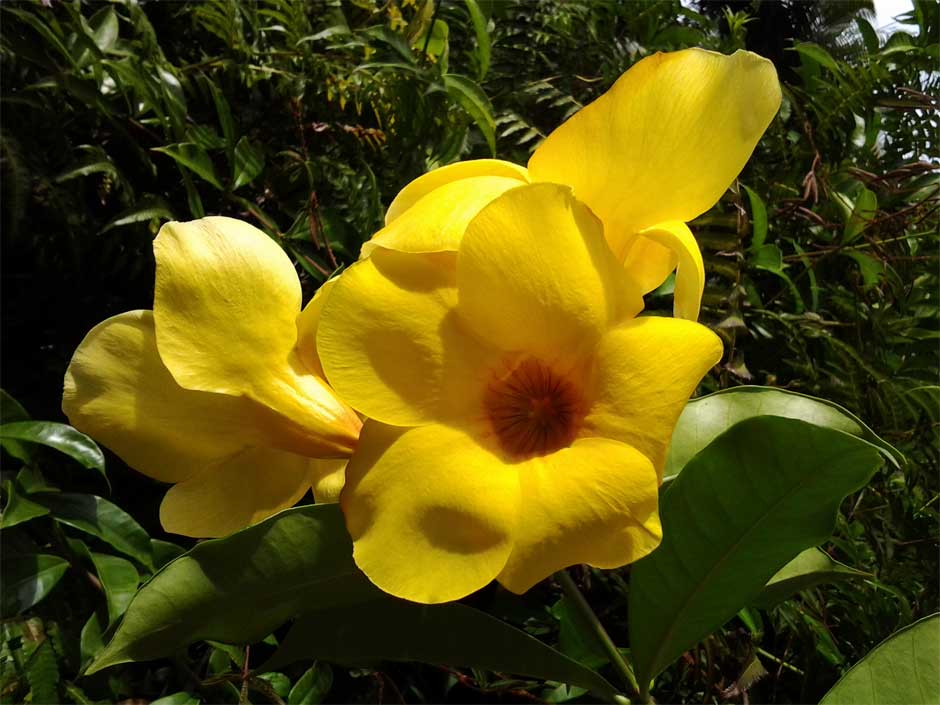NAME: Alchornea cordifolia
FAMILY: Euphorbiaceae
COMMON NAMES: Christmas bush
LOCAL NAMES: Ipa, esinsin, eepa, bambami, ububo, bulora, garagasaki
USEFUL PART(s): Leaves, stem, bark, twig
GENERAL USES:
The part of the tree is use in making dyes, inks and stains
The wood is use in furniture and for house construction
The leaves can be cooked and serves as food
The wood serves as fuel
Geographic Distribution
Ghana
Togo
Nigeria
Cameroon
sierra leone
Liberia
Mali
Ivory coast
WHY IS IT GREEN?
Alchornea cordifolia medicinal values include:
Fever
Rheumatism
antimicrobials
Diuretic
Purgative
Toothache
Cough
Sore
Gonorrhea
Insomnia
Diarrhea
Haemorrhoids
Antiaborifacients
Venereal diseases
Epilepsy
ENVIRONMENTAL IMPACT
Improve soil fertility
Shelter tree for crops
FUNFUL FACT
FURTHER READINGS
Adeneye, A. A. dewale, Oreagba, A. I. brahim, Ishola, I. O. gunbayode, & Kalejaiye, H. A. deola. (2014). Evaluation of the anti-arthritic activity of the hydroethanolic leaf extract of Alchornea cordifolia in rats. African Journal of Traditional, Complementary, and Alternative Medicines : AJTCAM / African Networks on Ethnomedicines, 11(2), 402–410.
Adeshina, G. O., Kunle, O. F., Onaolapo, J. A., Ehinmidu, J. O., & Odama, L. E. (2012). Antimicrobial Activity of the Aqueous and Ethyl Acetate Sub-Fractions of Alchornea cordifolia Leaf. European Journal of Medicinal Plants, 2(1), 31–41.
Ajibade, T. O., & Olayemi, F. O. (2015). Reproductive and toxic effects of methanol extract of Alchornea cordifolia leaf in male rats. Andrologia, 47(9), 1034–1040. https://doi.org/10.1111/and.12374
Boniface, P. K., Ferreira, S. B., & Kaiser, C. R. (2016). Recent trends in phytochemistry, ethnobotany and pharmacological significance of Alchornea cordifolia (Schumach. & Thonn.) Muell. Arg. Journal of Ethnopharmacology. https://doi.org/10.1016/j.jep.2016.06.021
Djimeli, M. N., Fodouop, S. P. C., Njateng, G. S. S., Fokunang, C., Tala, D. S., Kengni, F., & Gatsing, D. (2017). Antibacterial activities and toxicological study of the aqueous extract from leaves of Alchornea cordifolia (Euphorbiaceae). BMC Complementary and Alternative Medicine, 17(1). https://doi.org/10.1186/s12906-017-1854-5
Kouakou, K., Schepetkin, I. A., Yapi, A., Kirpotina, L. N., Jutila, M. A., & Quinn, M. T. (2013). Immunomodulatory activity of polysaccharides isolated from Alchornea cordifolia. Journal of Ethnopharmacology, 146(1), 232–242. https://doi.org/10.1016/j.jep.2012.12.037
Mambe, F. T., Voukeng, I. K., Beng, V. P., & Kuete, V. (2016). Antibacterial activities of methanol extracts from Alchornea cordifolia and four other Cameroonian plants against MDR phenotypes. Journal of Taibah University Medical Sciences, 11(2), 121–127. https://doi.org/10.1016/j.jtumed.2015.12.001
Ngaha, N. M. I., Dahlan, I., Massoma, L. D., Mandengue, S. H., & Yusuf, A. A. (2016). Comparative Proximate Analysis of Leaves and Bark of Alchornea Cordifolia (Euphorbiaceae). Journal of Agriculture and Environmental Sciences, 5(1), 84–90. https://doi.org/10.15640/jaes.v5n1a9
Okoye, F. B. C., Osadebe, P. O., Nworu, C. S., Okoye, N. N., Omeje, E. O., & Esimone, C. O. (2011). Topical anti-inflammatory constituents of lipophilic leaf fractions of Alchornea floribunda and Alchornea cordifolia. Natural Product Research, 25(20), 1941–1949. https://doi.org/10.1080/14786419.2010.512272
Osadebe, P. O., Okoye, F. B. C., Uzor, P. F., Nnamani, N. R., Adiele, I. E., & Obiano, N. C. (2012). Phytochemical analysis, hepatoprotective and antioxidant activity of Alchornea cordifolia methanol leaf extract on carbon tetrachloride-induced hepatic damage in rats. Asian Pacific Journal of Tropical Medicine, 5(4), 289–293. https://doi.org/10.1016/S1995-7645(12)60041-8





















